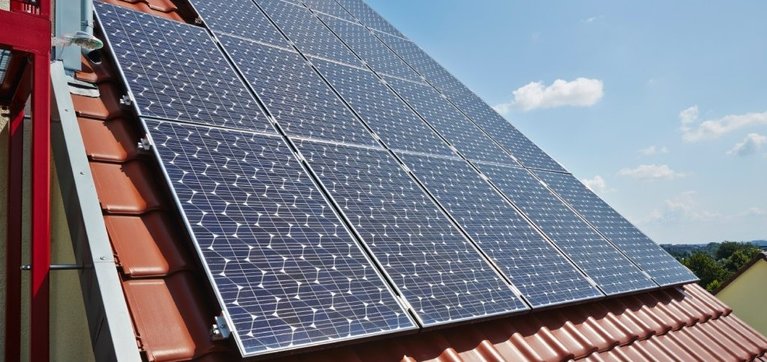Phase II of the scheme provides central financial assistance (CFA) for setting up of 4 GW of grid-connected rooftop solar plants in residential sector and incentives to discoms based on achievement for installing additional grid-connected rooftop capacity over and above the base level with the incentives limited to the first additional 18 GW rooftop capacity installed across the country.
For the total 38 GW capacity planned under Phase II, financial outlay has been broken down into Rs 6,600 crore as CFA for 4 GW residential capacity, Rs 4,950 crore as incentive to discoms, Rs 66 crore for capacity building @1% of CFA, and Rs 198 crore as service charge @3% of CFA.
Year-wise fund requirement is Rs 858 crore for residential in year 2019-20, and Rs 1716 crore for residential and Rs 742.5 crore as incentives to discoms in year 2020-21. For 2021-22, the total fund required for residential capacity is Rs 3432 crore and Rs 1485 crore as incentive to discoms.
With three years to go, India’s ambitious rooftop target has fallen way short of the 40GW goal. According to the Ministry of New and Renewable Energy (MNRE), only 2.1 GW of rooftop solar systems had been installed in the country till December 2018. However, solar consulting company firm Bridge to India estimates the capacity at 3.4 GW (until September 2018) and predicts that India will achieve only 38% of its rooftop solar target by 2022.
The Climate Group has projected that going by the present policy incentives, India will have 13.5 GW rooftop solar installations by 2022, which can go up to 26 GW with the right policy support, but 40 GW is evidently a pipedream.
The shortfall in capacity is compounded by the fact that residential consumers account for less than 20% of the total installed capacity, while commercial and industrial customers account for nearly 70% of the installed rooftop capacity.
The country’s rooftop solar dream is backed by a 30% subsidy for residential buildings. However, that has failed to enthuse homeowners who pay small electricity bills and find the initial cost of setting up a solar system prohibitive in comparison. Households also have less incentive to switch to solar panels because the electricity tariff for residential building is much lower than for commercial and industrial buildings.
“Growth in the residential market lags due to a combination of reasons including high upfront cost, lack of financing options from banks, and most importantly, lack of standard products and customer awareness,” Bridge to India had said in an earlier statement.
This content is protected by copyright and may not be reused. If you want to cooperate with us and would like to reuse some of our content, please contact: editors@pv-magazine.com.








MNRE Solar Subsidy at the rate of Rs.20,000 per kWp or 30% of benchmark cost of project lacks effective policy implementation at all levels including State Nodal Agencies, Renewable energy Department at District authority and local DISCOMs. Administrative hurdles like red tappism, delayed subsidy, non availability of net meters and babudom modus operandi at all stake holders is plaguing the effectiveness of Grid Connected Rooftop Solar System in most states of India.